The destruction of Pan Am flight 103 over Lockerbie on 21 December 1988 was one of the ghastliest events in what would become known as the War on Terror, and 36 years later it’s still shrouded in mystery and ambiguity.
Lockerbie: A Search for Truth has been adapted from the book The Lockerbie Bombing: A Father’s Search for Justice, by Jim Swire and Peter Biddulph, and leads the viewer through Swire’s tortuous quest to winkle out the real facts behind the bombing which killed his daughter Flora, along with 258 other passengers and crew as well as 11 people on the ground.
The depiction of the airliner’s destruction in the opening episode is a terrifying, heart-in-the-mouth affair, from the sudden bang and jolt on board the plane as the crew are serving drinks to shots of blazing chunks of airframe screaming over Lockerbie to smash into the ground in giant fireballs. The horror and devastation are almost too well rendered, from the seats, wreckage and bodies littering the landscape to the rows of corpses which had to be stored in the local ice rink. The big white-and-blue chunk of the aircraft’s cockpit section lying on its side on the ground became one of those all-time news images by which history is measured.
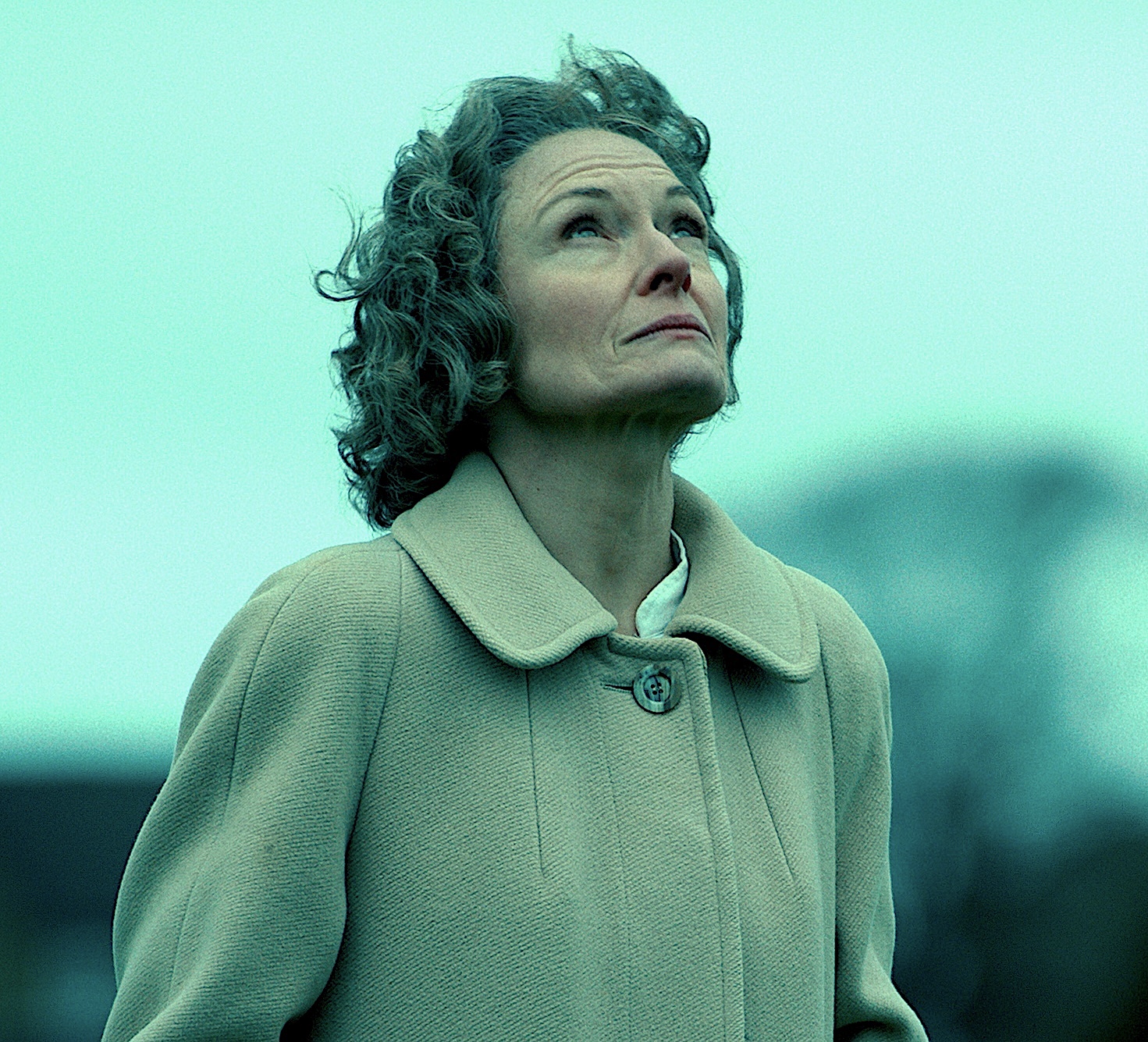 The ensuing efforts to track down the perpetrators found Swire, a GP from Bromsgrove (played with teeth-gritted doggedness by Colin Firth), becoming the figurehead of the support group, "Victims of Pan Am Flight 103", and being drawn into a labyrinth of clues and red herrings. This led him from episodes of certainty that the bomb-plot conspirators had been identified, only to have to start all over again when new evidence reared its head. It also found him developing an incurable obsession with the bombing which drove him apart from his wife Jane (Catherine McCormack, pictured above) and his other two children.
The ensuing efforts to track down the perpetrators found Swire, a GP from Bromsgrove (played with teeth-gritted doggedness by Colin Firth), becoming the figurehead of the support group, "Victims of Pan Am Flight 103", and being drawn into a labyrinth of clues and red herrings. This led him from episodes of certainty that the bomb-plot conspirators had been identified, only to have to start all over again when new evidence reared its head. It also found him developing an incurable obsession with the bombing which drove him apart from his wife Jane (Catherine McCormack, pictured above) and his other two children.
In David Harrower’s screenplay, we see how initially, blame fell on the Iranians, who were deemed to have blown up Flight 103 to avenge the shooting down of an Iranian airliner by the US Navy in the Persian Gulf. This theory, hideous though it was, at least had a clear cause-and-effect logic about it. However, this was overtaken by a rival hypothesis which placed Libya in the centre of the frame. This involved a chain of evidence stretching from Malta to Frankfurt, where Pan Am’s fateful flight originated and where the bomb was supposedly placed on board. A clinching piece of evidence was the discovery of a fragment of a timing device inside a shirt purchased from a shop in Malta. The device, apparently, was one of a batch of such gadgets sold to the Libyans by a Swiss company called Mebo.
The Libya connection produced a pair of suspects, Abdel Baset Ali al-Megrahi and Lamen Khalifa Fhimah. In a subsequent trial, Al-Megrahi was given a life prison sentence, while Fhimah was acquitted. But further twists in the tale raised the possibility that the bomb had actually been placed on Flight 103 by unknown perpetrators at Heathrow, using a different type of detonator, and Swire himself became convinced that Megrahi had been wrongly convicted (pictured below, Jim Swire meets Libya's General Gadaffi, played by Nabil Al Raee).
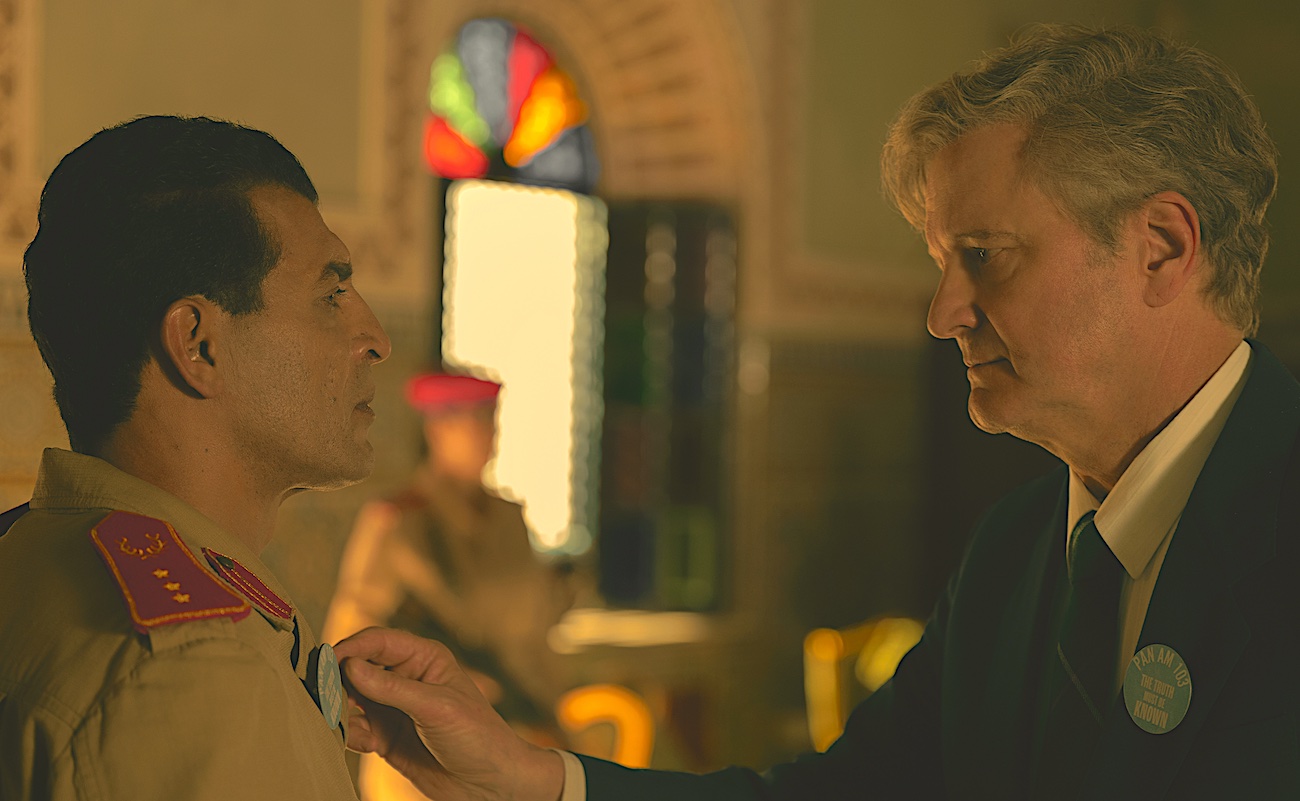 The series suggests various cynical and secretive political motives which might have meant that the Flight 103 affair became a pawn in the shifting struggle between America, Britain and various players in the Middle East (“it’s all transactional, Jim,” as an American investigative journalist tells Swire). It’s a fascinating but bleak and depressing story, which ultimately serves to illustrate the powerlessness of the average citizen in the face of an Establishment prepared to be utterly ruthless in the pursuit of its own interests.
The series suggests various cynical and secretive political motives which might have meant that the Flight 103 affair became a pawn in the shifting struggle between America, Britain and various players in the Middle East (“it’s all transactional, Jim,” as an American investigative journalist tells Swire). It’s a fascinating but bleak and depressing story, which ultimately serves to illustrate the powerlessness of the average citizen in the face of an Establishment prepared to be utterly ruthless in the pursuit of its own interests.
It can’t have been a barrel of laughs for the cast, and it’s a shame that Catherine McCormack’s role largely confines her to anguish for her dead daughter and long-suffering despair at the way her husband’s obsession is driving them apart. “I want to be around life, not death,” she protests, and you can see her point.

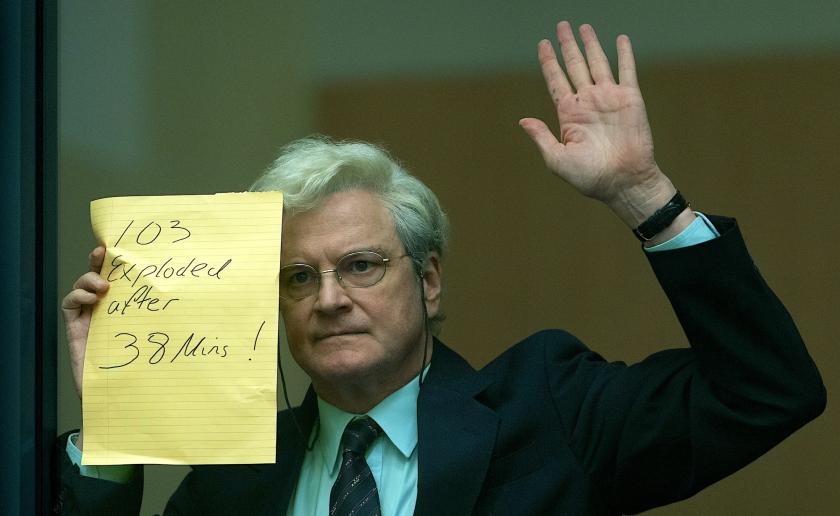





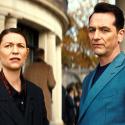
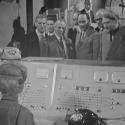






Add comment